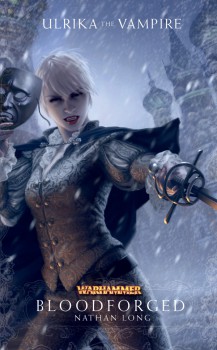Sean T. M. Stiennon reviews The Black Opera
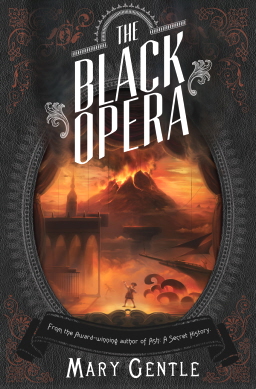 The Black Opera
The Black Opera
By Mary Gentle
Night Shade Books ($15.99, trade paperback, 531 pages, May 2012)
I bought a copy of The Black Opera based on the sheer strength of its premise. A fat fantasy novel set in the baroque world of opera, centered around a production engineered to call Satan himself up from Hell? Sign me up for a first class ticket. If there’s anything that Andrew Lloyd Weber has taught us, it’s that opera is the perfect setting for burning passion, dark secrets, and adventure in the shadows. Adding a diabolical scheme into the mix seems like a perfect way to roll the awesome dial up past 11.
However, the first thing I noticed about The Black Opera is that it wasn’t anything close to the lurid, swash-buckling, cult-fighting novel I wanted. It is, in fact, a rather restrained and stately affair, more concerned with the enlightened intellectual climate of the early 19th century than with blood, romance, and action.
Our hero is Conrad Scalese, an opera librettist living in Naples in the third decade of the 18th century. His first great success, a heretical opera entitled Il Terrore di Parigi, has earned him the malicious regard of the iron-handed Inquisition. Only the intervention of the King Ferdinand saves him from imprisonment, but in return for the king’s protection, Conrad must accept a difficult task.
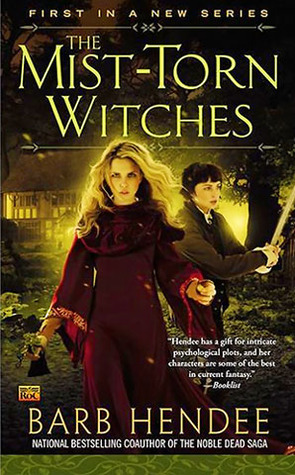
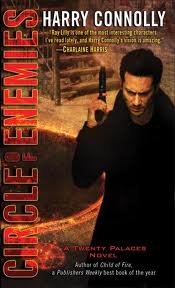
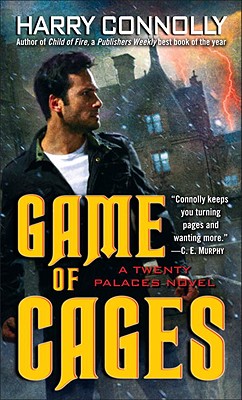
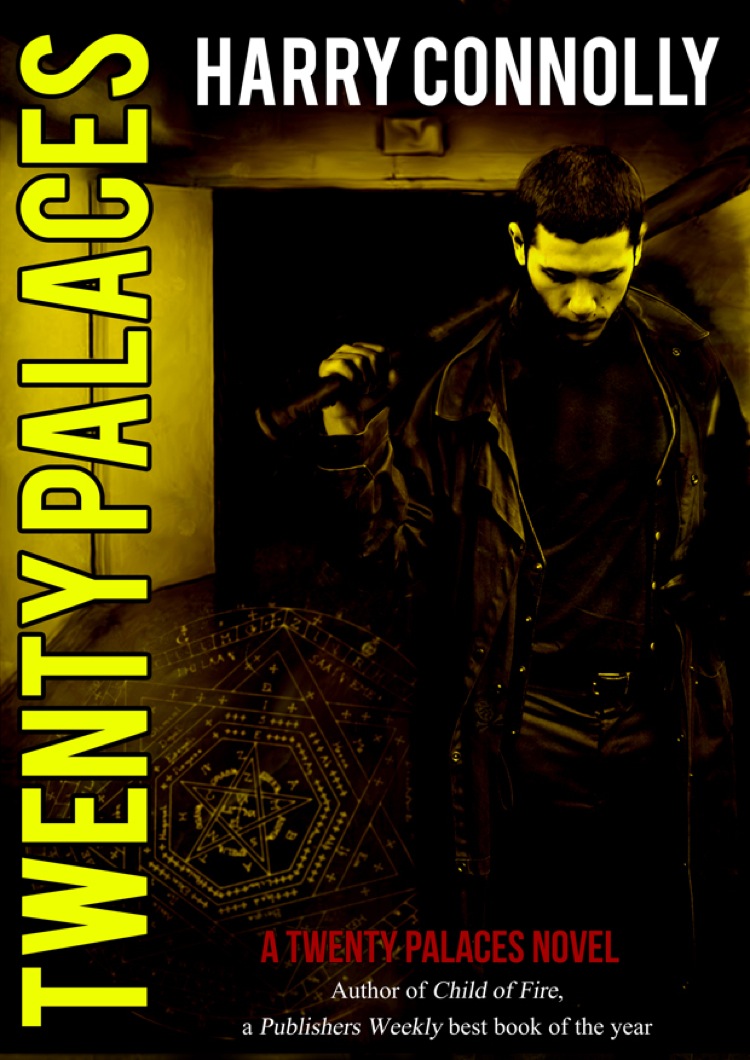
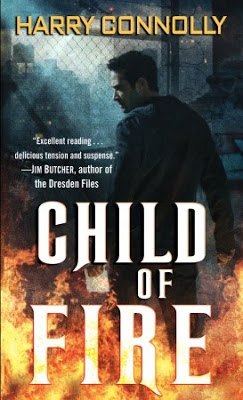
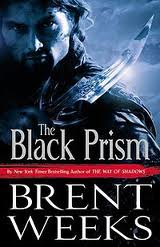
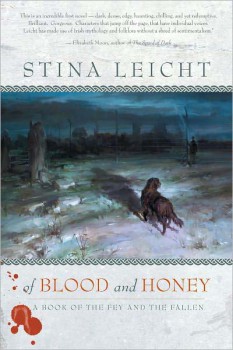 Of Blood and Honey
Of Blood and Honey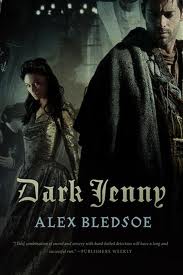 Dark Jenny
Dark Jenny